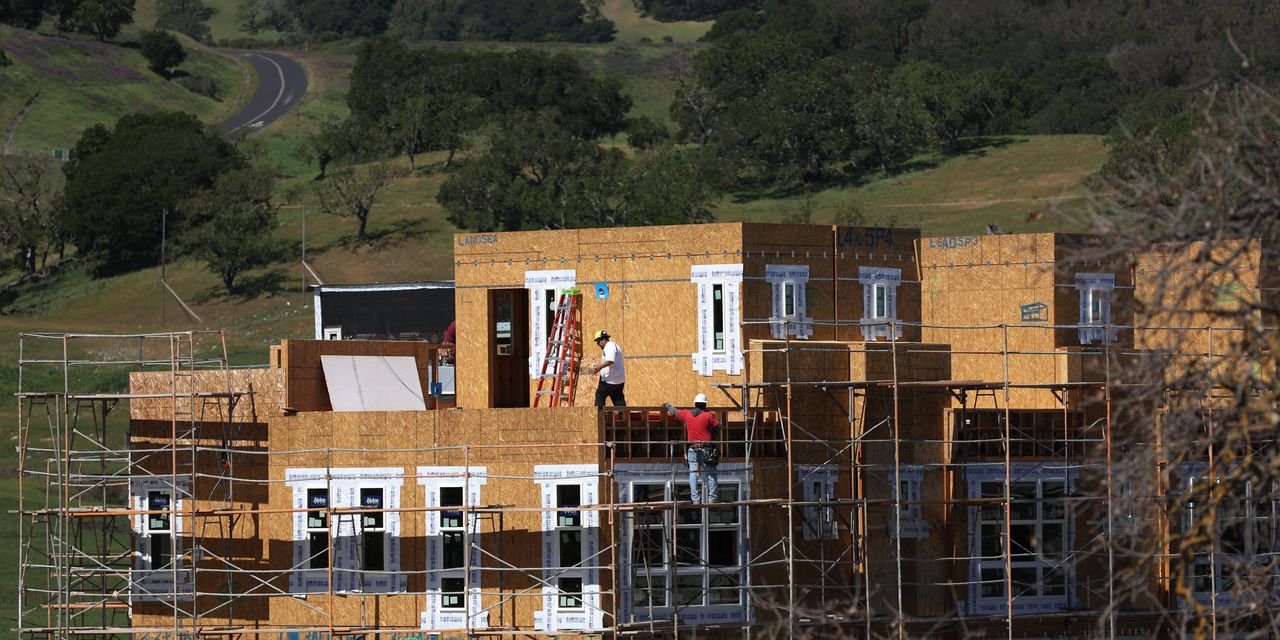It’s more costly than ever to build a new single-family home in the U.S.
In fact, over the last four years, the cost to build a home in America has “risen at an unprecedented pace,” according to a new report titled “Who builds the house” by Bank of America
BAC,
Global Research.
The U.S. is short of at least 1.5 million housing units, according to a separate report by the Joint Center for Housing Studies at Harvard University. The rising cost of land, labor, and building materials are the biggest culprits contributing to low inventory. The cost of building materials has surged by 35% since the start of the pandemic, the Harvard report stated. Labor and zoning regulations also limit how many housing units developers can build.
Despite the rising costs of building homes, builders are feeling optimistic for the first time in nearly a year about future sales because of strong demand for new homes and low inventory.
The findings from the BofA report help explain why new home prices have been elevated over the last few years, as seen in the chart below. The median sale price of a new home in 2022 was $457,800, according to U.S. Census Bureau data cited by BofA.
Ongoing shortages of building materials, such as transformers and concrete, are also delaying housing projects and raising the cost of construction, which also feeds into higher home prices, the National Association of Home Builders (NAHB) recently noted.
The cost of materials that go into building a single-family home increased by $38,000 — or 45% — between 2018 and 2022, BofA said. The total value of materials that go into building a typical single-family home was about $122,000 as of 2022. That was up from $118,000 in 2021, based on the bank’s report from last year.
Materials account for 27% of the sale price of a new house, according to BofA.
The expense of materials to build a house has consistently outpaced overall inflation over the last 40 years, according to the BofA report. Home prices nationally have risen by 47% over the same time period, the authors added.
Out of the 14 major components that go into a typical single-family home, the biggest and most expensive is framing lumber and engineered wood, according to the report. It makes up 26.3% of a house’s total content. Framing the house with lumber costs roughly around $32,500 per house, BofA estimated.
But lumber costs have come down and that will help builders, said Rafe Jadrosich, research analyst at BofA. Softwood lumber prices are nearly 42% lower in June 2023 compared to a year ago, according to the NAHB.
Concrete for the foundation comes second, followed by windows and doors, BofA said.
“Concrete is one that continues to rise at a pretty rapid pace — and it’s the second largest component that goes into a house,” Jadrosich told MarketWatch in an interview. Pouring concrete as a foundation for a home costs around $11,300 per house, according to the report. Concrete prices are up 4% from a year ago, according to Robert Dietz, chief economist at the NAHB.
Read the full article here




